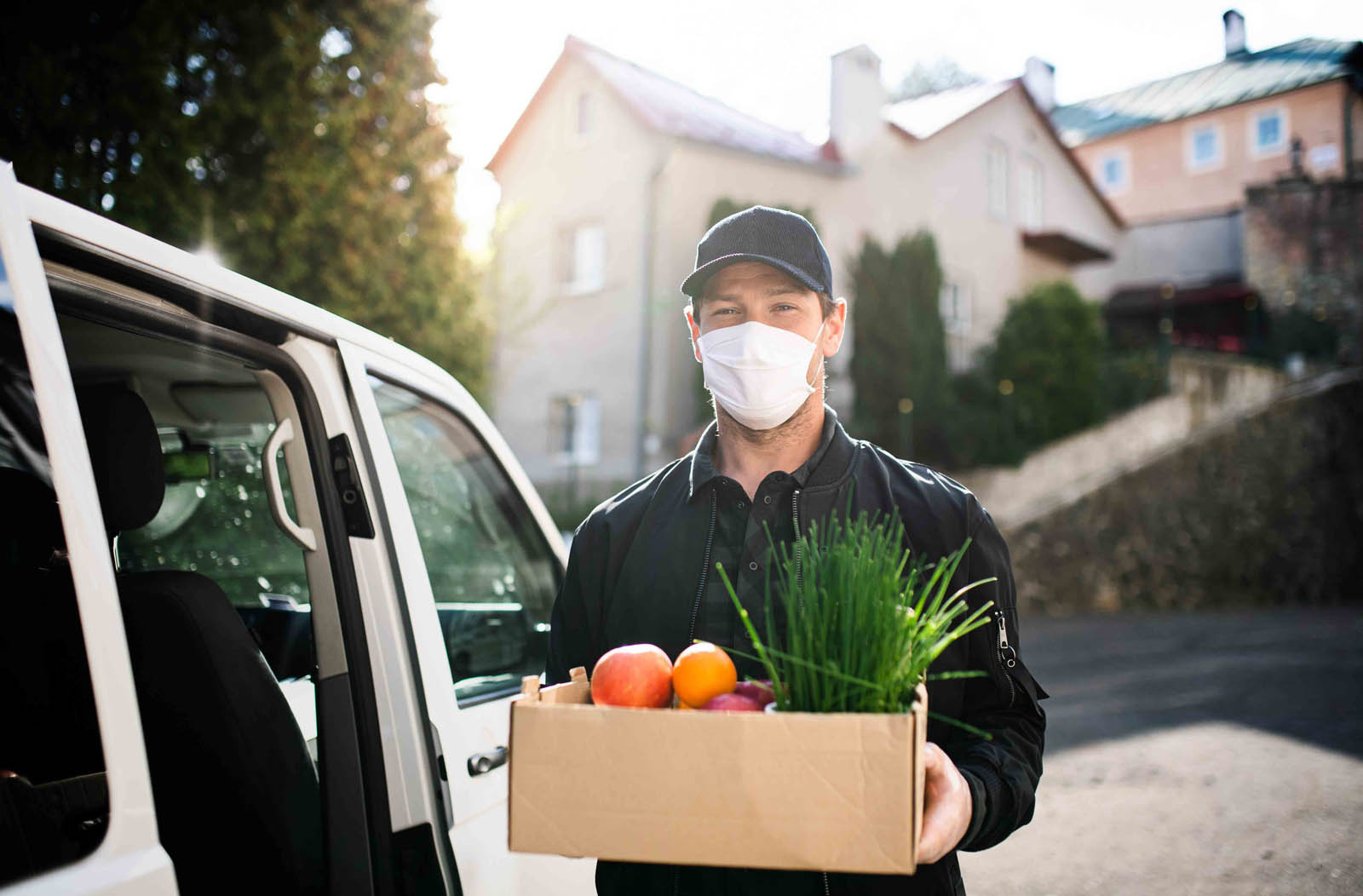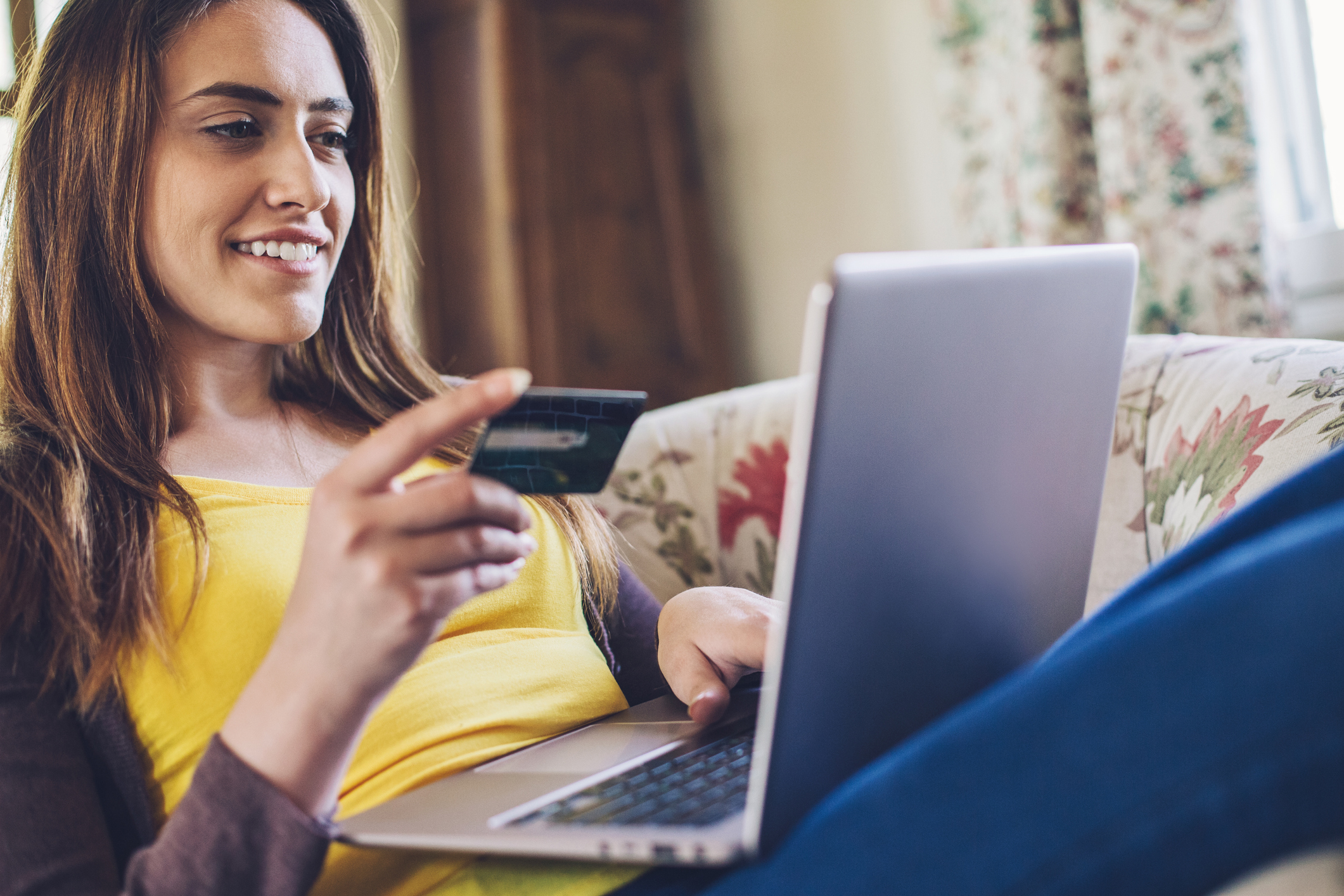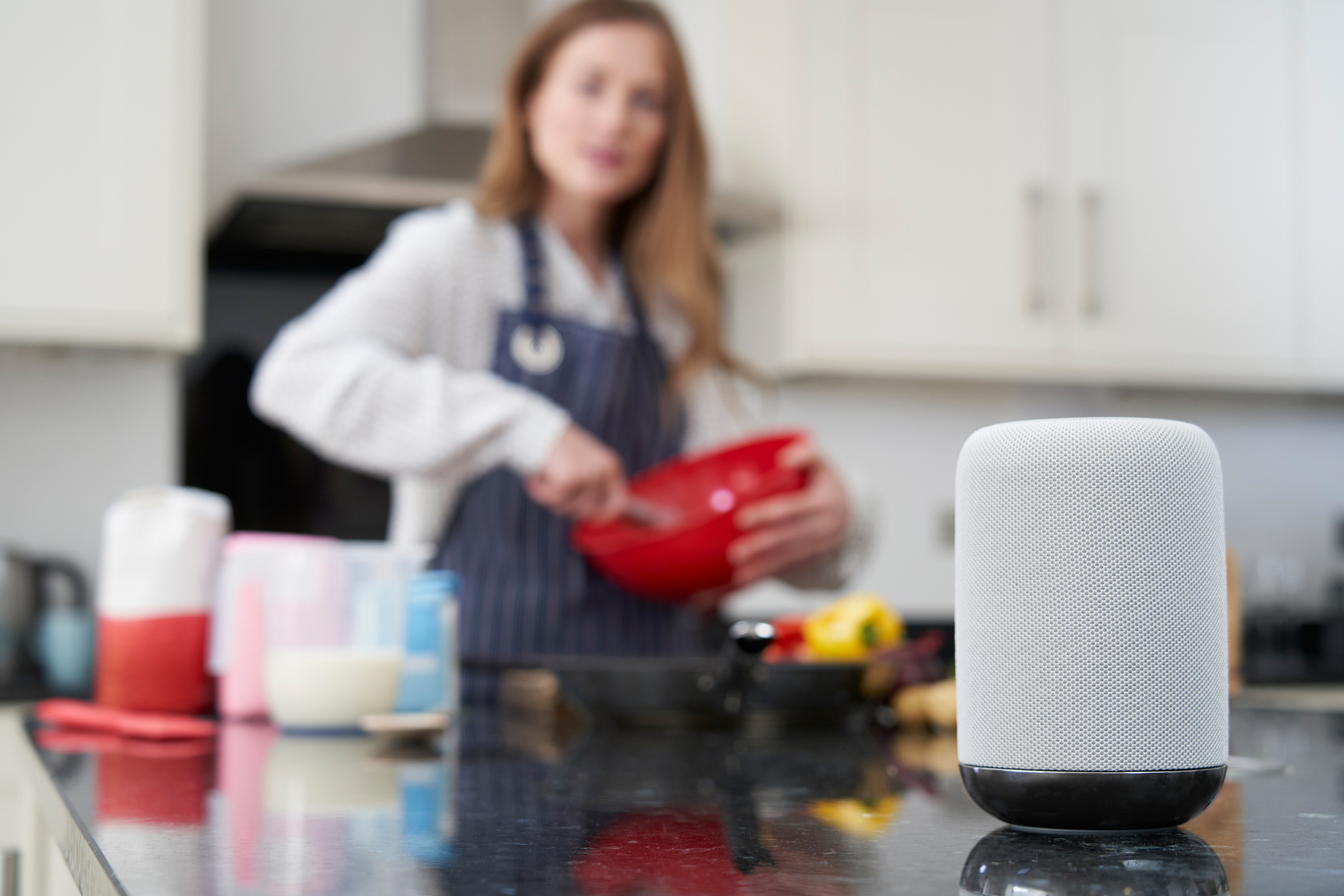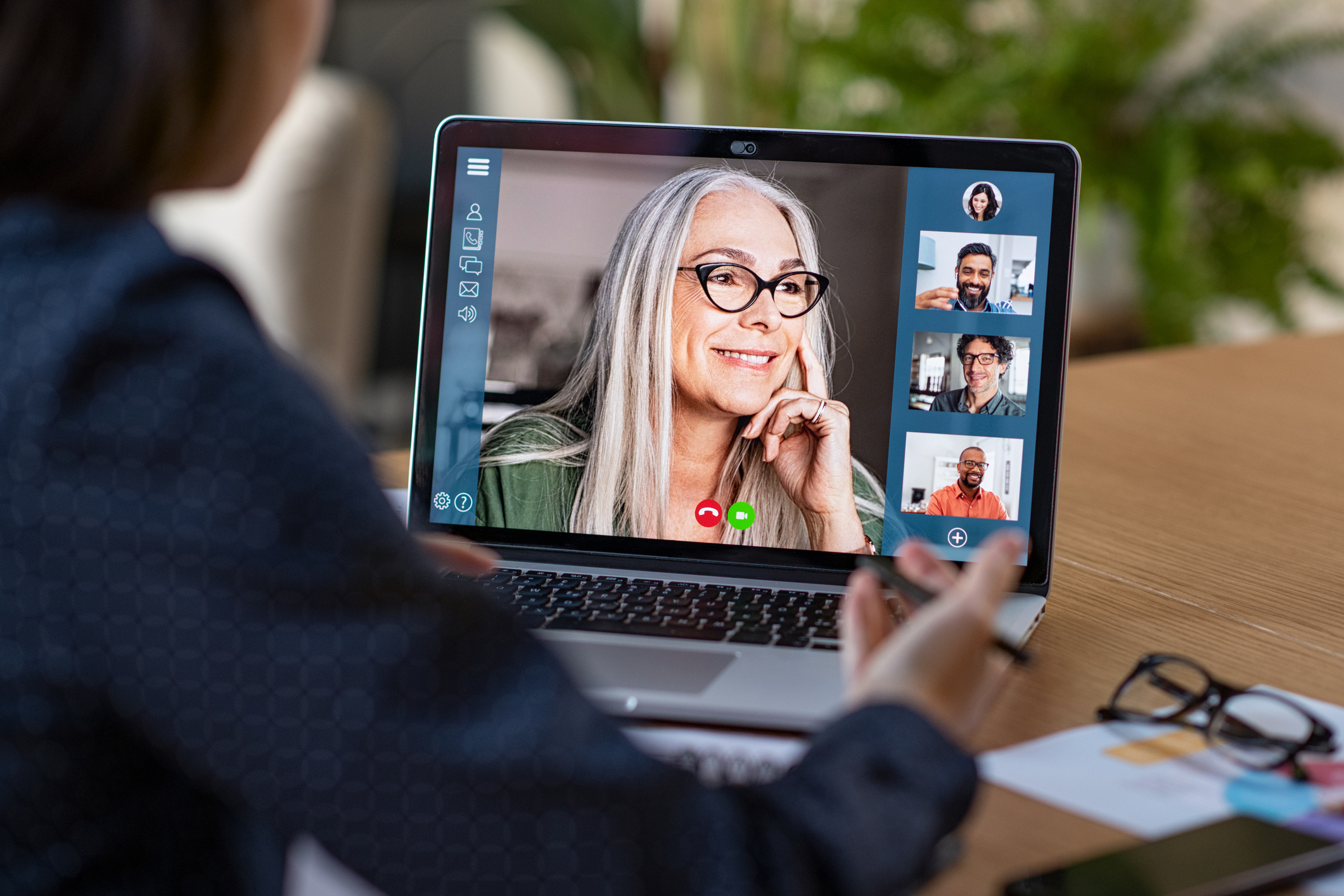
Consumer Trends to Stay Aware of During and After the COVID-19 Pandemic
Filed Under: Best Practices, COVID, Market Research, Shopper, CPG

Lindsay Schachinger
Senior Analyst, Communities & Panels
While most of the country has been in lockdown for several weeks now, consumers are without a doubt sinking into their new “normal.” Whether it be how consumers grocery shop, interact with friends and family, navigate working from home, or spend their free time, behaviors and attitudes are changing rapidly throughout this crisis. Now more than ever, some consumer behaviors are taking place for the first time, and many are being done online.
Of course, as we learn and understand how consumers are acting in the present, we must also anticipate what the future may hold. And, as consumers continue to adapt and change their way of living during this pandemic, marketers and brands are challenged with figuring out what actions will last long after COVID-19 is over and the economy has re-opened. Stay-at-home orders may be temporary, but their effects on society and consumers will last far longer. Below are several emerging trends worth keeping a close eye on as we get past the pandemic.

 E-Commerce – Because of the stay-at-home orders, more people are turning to the internet to purchase goods, especially within the CPG space. More first-timers are participating in online food delivery or pick up (“click and collect”). For example, one in eight online shoppers who ordered online for delivery, and one in three who ordered online to pick up, did so in the past month for the first time. And with the emergence of BOPIS (Buy Online Pickup in Store), half of consumers feel it will result in faster delivery of items.
E-Commerce – Because of the stay-at-home orders, more people are turning to the internet to purchase goods, especially within the CPG space. More first-timers are participating in online food delivery or pick up (“click and collect”). For example, one in eight online shoppers who ordered online for delivery, and one in three who ordered online to pick up, did so in the past month for the first time. And with the emergence of BOPIS (Buy Online Pickup in Store), half of consumers feel it will result in faster delivery of items.
Online grocery shopping apps like Instacart, Walmart Grocery, and Amazon Grocery saw rapid growth in downloads. Instacart, specifically, has seen a sevenfold increase in new app downloads since the pandemic started. E-commerce has been, and will continue to be, a big player in society, and with consumers adjusting their shopping methods based on the new world we’re living in, online grocery shopping could be here to stay long-term. A full third of consumers are buying more groceries online compared to two weeks ago. CEO of the digital shopping-promotions company, Ibotta, expects that as a result of the pandemic, online grocery shopping will extend into double digits, up from only 3 percent of the grocery shopping space. In the retail environment, the fastest-growing e-commerce products have been bread machines, cough and cold medicine, weight training/yoga equipment, computer monitors, and boxed hair coloring dyes.
- Media Consumption – The use of social media, streaming content online, and watching live or programmed content continues to rise since the start of the COVID-19 outbreak. Consumers are consuming media in a variety of ways, whether it be to stay informed and up-to-date on COVID-19, distract from it by watching TV shows or movies, search for activities to do at home, or follow online workout videos from their living room, they’re doing it all.
- Over half of consumers are consuming more television/social media
- Over two-thirds of consumers are using streaming services for content such as Netflix, Hulu, Amazon Prime, etc.
- 6 in 10 consumers are on some social network platform
- Half of parents are allowing their kids to play more video games during the pandemic
- 67% of those who are doing in-home fitness routines say they will continue to do so post-crisis
 Connecting with Others – Many Americans are finding new ways to connect with friends, family, and co-workers during this time when it’s not possible to see others in person. This has led to a boom in the use of video conferencing software, which has allowed people to still hold meetings at work, attend happy hours with friends, or go on virtual dates. Businesses that have been able to adapt to a work-from-home structure are mainly using systems like Zoom, FaceTime, Microsoft Teams, Slack, and Skype. Although platforms like Zoom and FaceTime are also being used socially, outside of a work environment. Zoom specifically has seen huge growth, from 10 million daily users to 200 million in the first quarter of the year as a result of COVID-19. And while many settle into a routine of working from home, nearly 4 in 10 consumers believe that after COVID-19, only some departments will need physical office space. This pandemic has also started to shift the values, lifestyles, and perspectives of consumers who expect they will continue to spend more quality time with family and connect more closely with friends post COVID-19. Some Americans, 1 in 5, are even considering making a major life change, such as moving away from densely populated areas or moving closer to family.
Connecting with Others – Many Americans are finding new ways to connect with friends, family, and co-workers during this time when it’s not possible to see others in person. This has led to a boom in the use of video conferencing software, which has allowed people to still hold meetings at work, attend happy hours with friends, or go on virtual dates. Businesses that have been able to adapt to a work-from-home structure are mainly using systems like Zoom, FaceTime, Microsoft Teams, Slack, and Skype. Although platforms like Zoom and FaceTime are also being used socially, outside of a work environment. Zoom specifically has seen huge growth, from 10 million daily users to 200 million in the first quarter of the year as a result of COVID-19. And while many settle into a routine of working from home, nearly 4 in 10 consumers believe that after COVID-19, only some departments will need physical office space. This pandemic has also started to shift the values, lifestyles, and perspectives of consumers who expect they will continue to spend more quality time with family and connect more closely with friends post COVID-19. Some Americans, 1 in 5, are even considering making a major life change, such as moving away from densely populated areas or moving closer to family.
- Personal Finances – Not only are consumers’ behaviors changing with regards to how they live their daily lives, they are also worried about the financial health of the economy and how it will impact their personal finances. Over a third of consumers are doing more mobile banking during this time than they did before the COVID-19 crisis. And while some find themselves saving more and spending less, more than 1 in 3 consumers are looking for financial companies to help them learn how to manage their money better during this time. As many consumers start to face financial hardships due to COVID-19, almost half feel credit card companies should give relief during this time and allow cardholders to skip payments without any penalties. This even could extend past credit cards and relate to loans, rent, and bills during this time and allow consumers to pay what they can if they need financial leniency as…
- 6 in 10 consumers are worried about paying down debt during this time, and
- Almost 4 in 10 consumers either are unsure or will be unable to cover their bills.
- The top three bills of most concern are utility bills, credit cards, and rent followed by auto loans, mortgage payments, and student loans. This would seem to be a great time for financial services and other related companies to get creative and continue to stay involved with their customers to help them weather the storm.
Since service options continue to dwindle due to the crisis, consumers are having to figure stuff out on their own and adopt a “DIY” attitude. This theme is present in many aspects of consumers’ lives such as cooking meals at home, giving haircuts to family members, and even grooming their pets. This new trend could be extremely beneficial for brands to jump on board as over a third of consumers feel they’ll continue to do these tasks themselves post-pandemic. If brands want to continue to resonate with consumers, it would be advantageous to shift to content-based marketing to help promote consumer empowerment instead of advertising primarily to drive sales. Think about the Home Depot slogan – “You can do it. We can help.” By really understanding what your consumer needs during this time, brands can remain at the forefront of consumers’ minds and strengthen brand loyalty. Speaking of loyalty, consumers are remaining loyal to brands that are perceived as safe and trustworthy, and especially to those who have contributed and given back during the pandemic. Still, over 6 in 10 consumers have had to buy brands they typically wouldn’t purchase because their usual or preferred brand was out of stock. Of those who have bought other brands, almost the same proportion of consumers say they are likely to continue to buy those brands after the pandemic ends. This means that brands who once struggled to gain a larger share of consumers’ wallets within a specific category are now getting the chance to win over customers while market leaders are out of stock. However, as inventory is replenished, will consumers truly stick to purchasing these other brands, or will there be a resurgence in preference for long-established, well-known brands? In what categories and circumstances could this be more prevalent?
Even with lockdowns in place, consumers are still able to go out for essentials, like picking up take-out from restaurants and QSRs (Quick Service Restaurants). However, there are still nearly half of consumers who don’t trust the safety of QSRs during this time. This idea of safety will be the main concern among consumers once the country re-opens, and it’s safe to return to restaurants and other public places. For example, over a third of consumers are uncomfortable with attending live events such as sports and concerts even after they’re available again.
85% of consumers think the new world post-pandemic will be different. Some of the changes we’re currently seeing in society will fade away, while others may be more permanent. For those that will be more permanent, there will be implications for brands, retailers, and business alike – such as:
- Brands that once outsourced their delivery services (i.e., GrubHub and UberEats), may invest in developing their own internal delivery services
- Legacy retailers who were traditionally brick-and-mortar establishments may need to grow their e-commerce footprint to have a more prominent presence online
- Businesses may need to adopt flexible work schedules (such as flex hours, flex days in the office, work from home mandates, etc.) and find positions that can be done 100% remote
- CPG companies should consider implementing communication strategies to such as giving consumers ideas on how to use their products in home-cooked meals
The key to knowing which attitudes and behaviors will be permanent after the pandemic is to continuously keep a pulse on consumers’ hearts, minds, and wallets.
Resources
https://suzy.com/covid-19-consumer-insights-hub
https://www.experian.com/blogs/ask-experian/survey-how-consumers-are-reacting-to-covid-19/
https://www.forbes.com/sites/kateoflahertyuk/2020/04/04/zoom-alternatives-5-options-for-people-who-care-about-security-and-privacy/#228859bc371f
https://suzy.com/state-of-consumer-3-webinar-thanks
explore featured
Case studies
